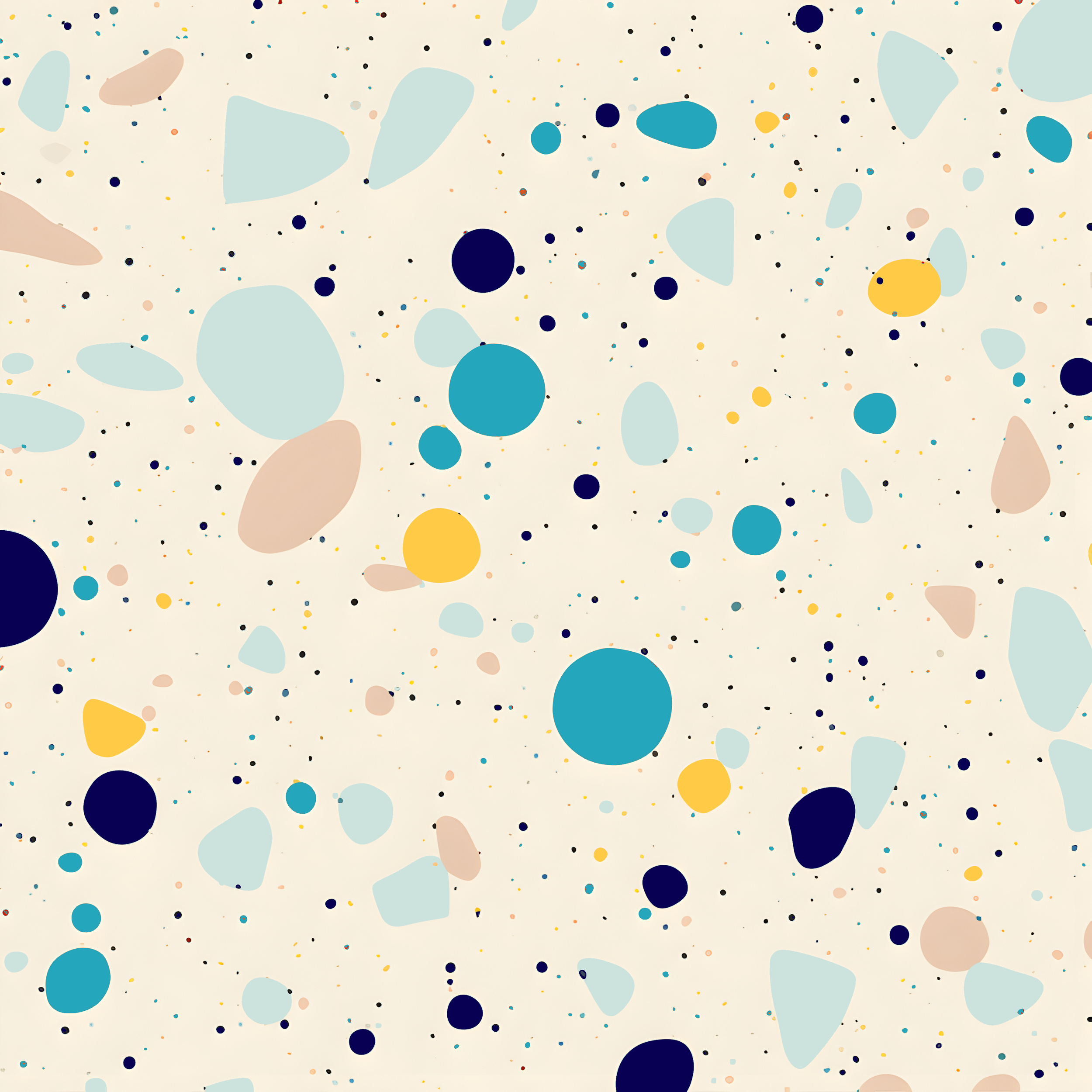
Game Based Learning Projects
Personal and Interpersonal Skills Competencies:
Collaborate effectively with others.
Stay current about advances in instructional systems and learning technology.
Technology and Media Competencies:
Select and use appropriate technology and media for specific outcomes.
Analyze the characteristics of existing and emerging technology.
Use technology tools in the design process.
Design Competencies:
Work with subject-matter experts and other team members to design interventions.
Align outcomes, strategies, and assessments.
Apply interaction design principles.
Game Based Learning, a group project using Rooms.xyz
Audience: Instructional Design Graduate Students
Course: Trends and Issues in Instructional Design, teammates: Ryan Green, Kevin Imes, Vivian Krause, Micah Morris
Instructional Problem: Teach a short asynchronous lesson on a trending topic in instructional design to classmates. I served as the group organizer. The lesson was delivered to classmates.
This project taught aspects of game based learning within a game environment. Our research led us to Rooms.xyz which is a site that uses Lua Coding and a catalog of voxel objects to create games and experiences. You can link rooms together in sequence so our lesson became a journey through these rooms ending in a discussion forum. From a design perspective, we wanted to deliver the information within a context where learners experienced the theory application firsthand. My group created the instructional plan together at weekly meetings and served various roles in the group work. We each created a few rooms for the lesson components and then reviewed each other’s rooms and the lesson as a whole.
I created segments on the affordances of game based learning delivered in a game show, technology trends delivered in an underwater hidden object game, and links to representative games in a rec room. I started my three rooms with templates from other Room creations, but scripted, designed, and coded the games myself.
Technology used:
Rooms.xyz
Photoshop
iMovie
Competency Connections:
The project sought to examine the current and emerging technology for game based learning. In the process of this work, I collaborated effectively with peers. This was especially challenging because we were a large group. We very specifically chose the technology tool that we used to deliver the lesson because of the potential for immersion in the content and the relative ease of use of Rooms. My peers and I worked together to design the instructional elements, strategies, and assessments. I considered multimedia and interaction design principles in trying to produce two short games that would be fun and would promote transfer of knowledge.
User Interface
TrachAcademy Learning Game
Prototype Developed in Articulate Storyline for later build in VR
Audience: Home Health Nurses training to care for pediatric tracheostomy patients
Course: The Design of Learning Games
Instructional Problem: Learning to care for a pediatric patient’s tracheostomy tube and airway requires decisive decision-making and strong knowledge of the equipment and procedures. Practicing these procedures on a live patient can cause anxiety for first time learners.
I designed a learning game so that caregivers can learn the procedures and equipment in a safe environment before progressing to the next level of practice. The games uses work shifts as different levels and poses various situations and opportunities for decision-making as the player progresses through levels.
The foundations of the game draw from the theories of situated cognition and motivation to invite learners into a safe, engaging experience that is grounded in real-world contexts.
Technology Used:
Photoshop
Canva
Rebelle 7 (Paint Application)
Lucidchart
Technology for Game Development:
I am planning to prototype it in Articulate Storyline and later develop it in Unity.
Design Competencies:
Generate appropriate instructional strategies and activities.
Identify the scope and sequence for instructional solutions.
Generate design documents and disseminate findings to stakeholders.
Technology and Media Competencies:
Develop and use web-based instruction, e-learning, social media, and content management tools.
Competency Connections:
I have created this learning game using the id process and tailor to a certain learner. The activities are based in learning and game design theory. The narrative sequence of the game is structured to maintain appropriate levels of challenge and support without overwhelming the player. The game process is being documented and shared as part of classwork. This game will eventually be shared as a web or app-based instruction.
Aquatic Adventures Birthday Party VR Game
Audience: Private company that provides therapeutic VR experiences to young learners
Aquatic Adventures is a lesson idea pitch with the goal of conceptualizing a creative, engaging, and impactful lesson idea in a short amount of time. The brief gave no other instructions or content besides requesting objectives, target skills, and an outline.
I chose to place my lesson in the social situation of a birthday party to teach the expected components of a birthday party. The goal of the lesson is for Autistic children to manage their sensory needs by anticipating what to expect at a birthday party. I decided to make the lesson a game and to blend the gameworld party theme into the user experience.
Aquatic Adventures gives the learner choices in how to navigate the party with feedback and opportunities for support from a pedagogical agent.
Design Competencies:
Apply learning theory and systems thinking to design practice.
Design interventions to address learning and performance.
Design a curriculum, program, or learning solution.
Provide a rationale for design decisions.
Competency Connections:
In this quick project, I designed an intervention to address a particular learning skill and provided rationales for my choices. I referenced specific learning theories that underpinned my choices.






